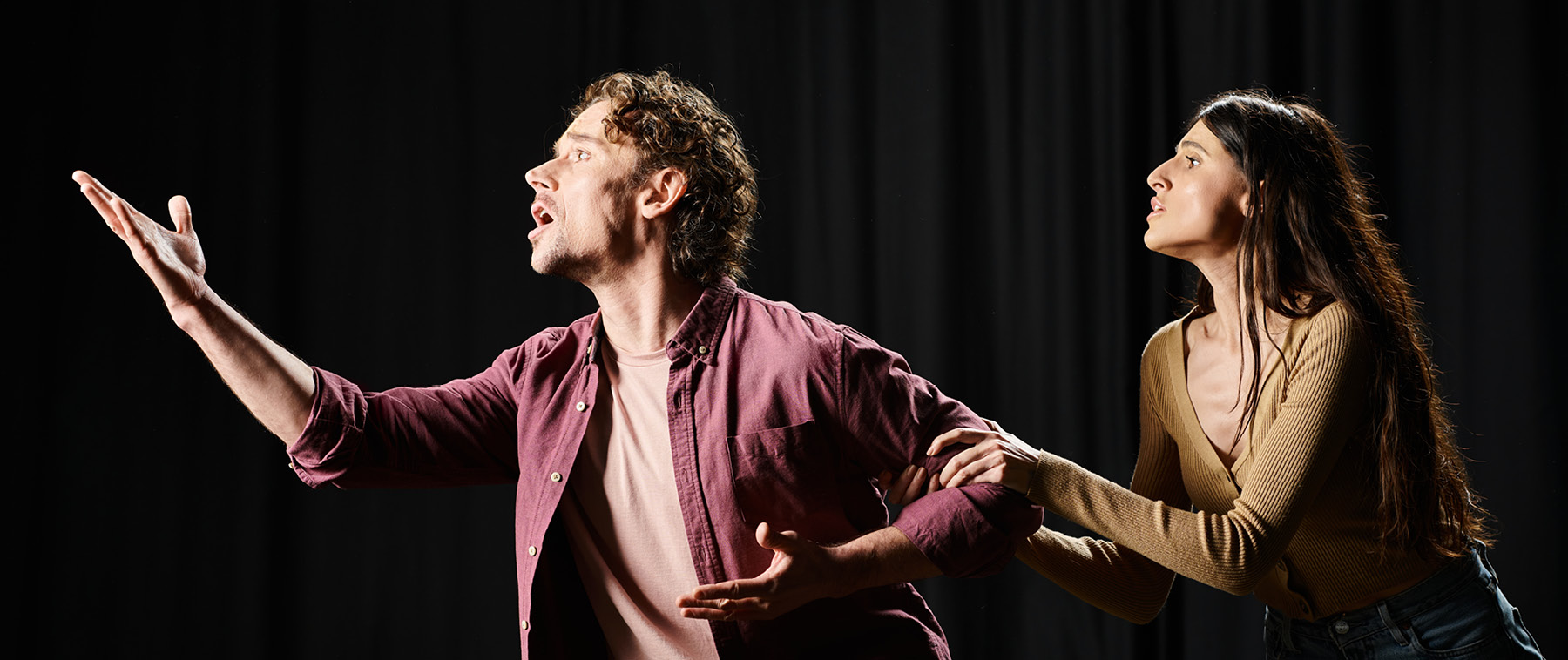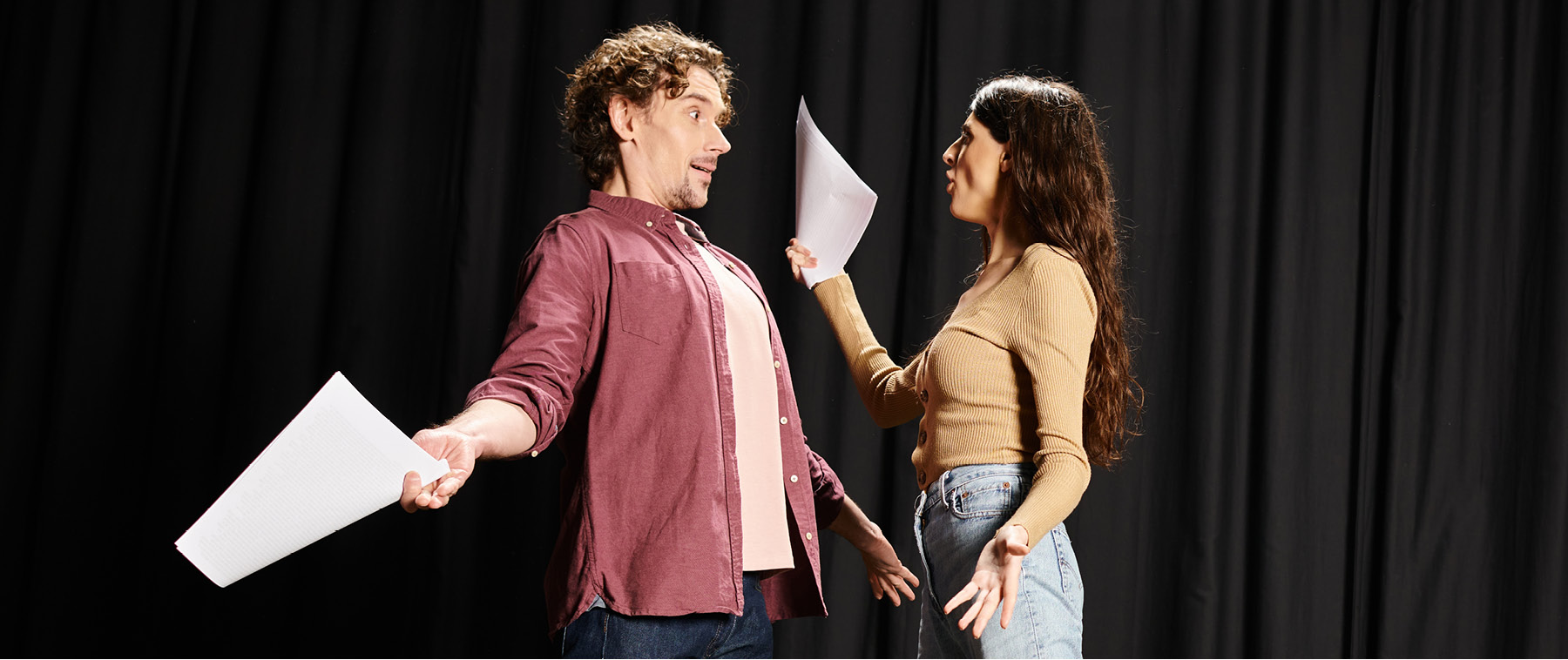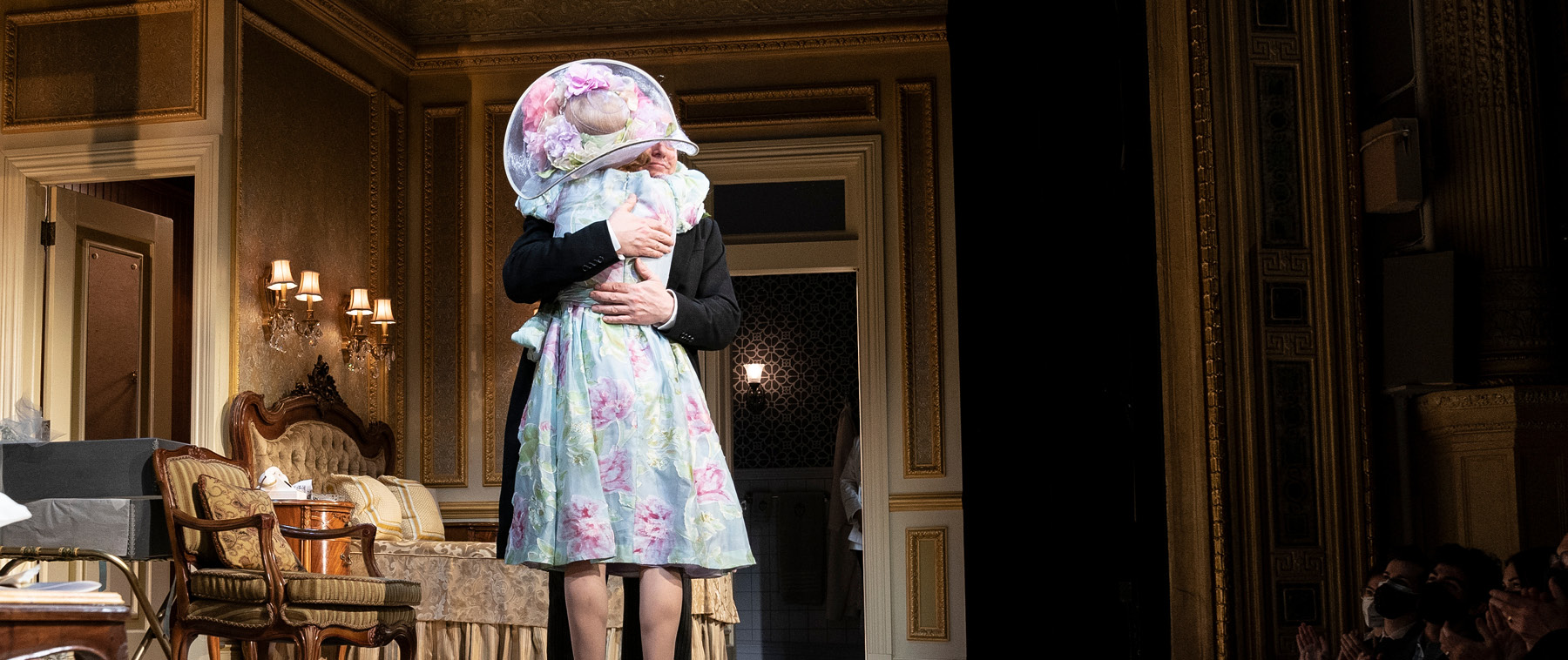
Stage photography is one of those magical parts of yearbook work, where drama, music, and dance come to life in still images. Whether you're capturing a high school musical, a jazz band concert, or a ballet recital, the goal is still the same…tell the story of the performance without stealing the spotlight.

KNOW THE SHOW
Before the curtain rises, do your homework. If you can attend a rehearsal or dress rehearsal, do it! You'll get a feel for:
- where the performers move on stage.
- which side of the stage gets more action.
- when key moments happen (like a solo, a dramatic pose, or a big laugh).
This prep helps you be in the right place at the right time and gives you a chance to experiment with angles and settings without worrying about distracting the audience. BONUS: dress rehearsals are also a great time to grab behind-the-scenes shots!

CAPTURE THE ATMOSPHERE
Stage photography is all about capturing the vibe. Think emotion, energy, and ambience. Pay attention to:
- facial expressions and body language.
- interactions between performers.
- how the lighting and shadows set the mood.
- the set, props, and costumes that help tell the story.

LOW LIGHT? NO PROBLEM!
Stage lighting can be tricky. Bright spots, deep shadows, and fast movement all at once. Here's how to handle it:
- Use a wide aperture (like f/2.8) to let in more light.
- Bump up your ISO (but not too high or you'll get grainy images).
- Use a shutter speed fast enough to freeze motion (start at around 1/250s and adjust as needed).

BE INVISIBLE
This one is big. You're there to document the show, not be part of it.
- Wear dark clothes to blend in.
- Turn off your autofocus assist light and camera sounds.
- Don't use flash (yup, it's that important that we're saying it again).
- Move quietly and sparingly, ideally from the back and sides. Consider using a long lens so you can stay put and still get those close-up shots.
KNOW THE RULES
Always check with the event organizers before the show:
- Where can you stand?
- Are there time limits (e.g. first three songs only at a concert)?
- Can you access backstage or side-stage areas?
DON'T FORGET THE EXTRAS
Some of the best moments happen off-stage:
- performers warming up
- crew setting up lights or props
- audience reaction during key scenes
- cast hugs after curtain call

These candid shots help round out your coverage and tell the full story of the event.